The hidden cost of healthcare
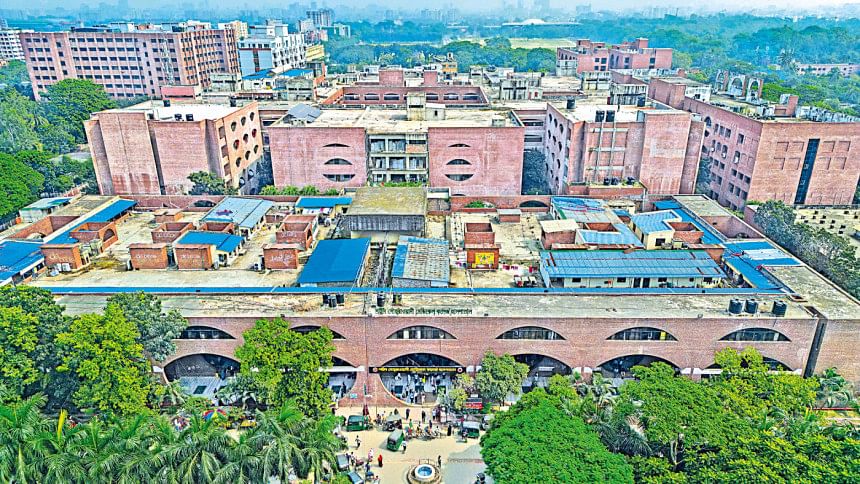
After undergoing treatment at two hospitals in Chattogram and Khulna following a road accident, Jahangir Alam came to Dhaka to save his right leg from amputation. With treatment in the capital city, he has been able to do so.
However, neither the medical costs nor the recovery seems easy so far, and nothing guarantees things will return to how they were before August 5 -- the day a brick-laden truck ran over Alam in Chattogram.
Alam, a 38-year-old garment worker at Chattogram EPZ, was rushed to Chattogram Medical College and Hospital. But prolonged treatment with relatives attending him there was not feasible for the man from Bagerhat. Therefore, he was shifted to Khulna Medical College Hospital, which was comparatively closer to his village home, but his condition worsened.
"I didn't get proper treatment at Khulna Medical College, even doctors decided to cut my leg," said Alam, lying on a bed in a tin-shed room in a Dhaka slum in Agargaon.

The 9x6 square foot room, where Alam waits for his next follow-up at the National Institute of Traumatology and Orthopaedic Rehabilitation (NITOR) at Sher-e-Bangla Nagar in the capital, is a temporary accommodation facility rented for patients and their attendants.
Zooming out to the bigger picture of Bangladesh's national healthcare system, the accommodation is just a small part of the complex network of private clinics and diagnostic centres that has sprung up around Dhaka's public hospitals, capitalising on the nation's healthcare crisis. With primary healthcare falling severely short of public health demand, patients from across the country flock to the capital, overwhelming the already strained public healthcare facilities.
To supplement inadequate health services, many patients are diverted to private healthcare options – mushrooming near government hospitals. This exacerbates the financial burden on patients and their families.
For instance, poor Alam has already spent over Tk 200,000 on treatment, and he had to resign from his job to avail himself of the one-time cash assistance from the garment factory.
The cost includes a number of surgical and medical materials, including needles, thread, plates, rods and screws, as the hospital said it did not have these items in stock.
"Initially, I had no idea where the surgical instruments could be found. Some hospital employees and other individuals, probably dalals (middlemen), suggested going to a shop close to the hospital," said Jahanoor Begum, Alam's 60-year-old mother, who is now staying with her son to attend to him around the clock.
"Later, we bought those instruments from the shop. Everything was available there," she added.
"We have spent almost all the cash we had," Begum said.
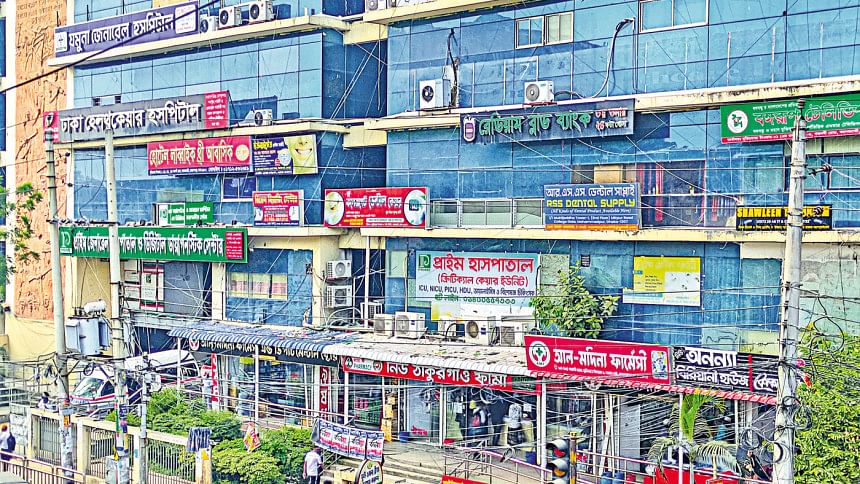
This explains why they rented a room in the slum even after being discharged from NITOR.
They said each trip to Bagerhat costs them Tk 8,000 for an ambulance. "How many times can I afford this huge amount?" Alam questioned.
"So, we are forced to stay here just around 200 metres away from the hospital. The room rent is Tk 200 per night," he said. They are currently buying food from a nearby eatery.
If they have to stay for more than 15 days, the mother and son duo said they would cook meals at a common kitchen in the slum shared by five such rented rooms.
Private housing for patients at other hospitals too
In Agargaon and Sher-e-Bangla Nagar, there are about half a dozen key public hospitals.
For temporary accommodations in the area, this means potential customers as most of the hospitals lack adequate numbers of nurses and ward boys, requiring patients to be attended to by their relatives in shifts.
Families and relatives, in this case, serve as caregivers, according to public health experts.
Secondly, experts say the ultra-centralised healthcare facility in Dhaka draws an overwhelming rush of patients from across the country, where even minimal treatment facilities are unavailable. This brings the accommodation issue to the forefront for hospital care in the capital.
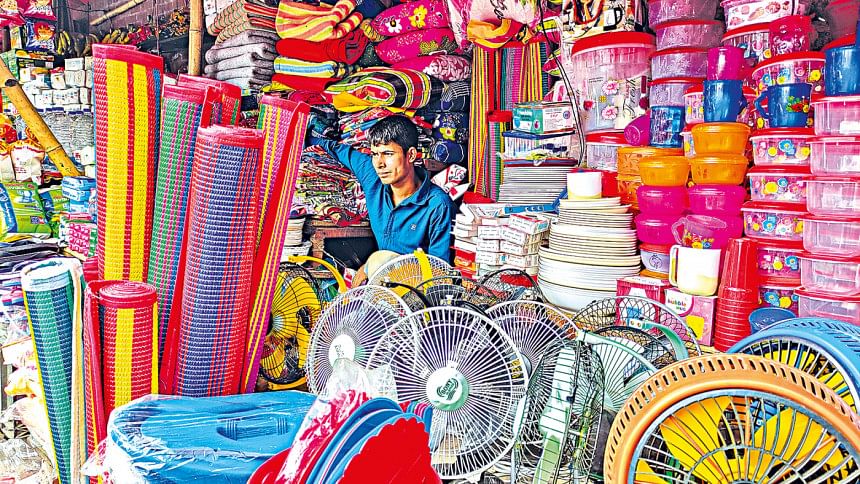
Other hospitals in Dhaka are also not immune to the skeleton medical professional crisis, therefore, facilitating rent-a-bed businesses.
For example, the Mohakhali area of Dhaka hosts the National Institute of Diseases of the Chest and Hospital, National Institute of Cancer Research & Hospital (NICRH), and International Centre for Diarrhoeal Disease Research, Bangladesh (ICDDR,B), giving rise to rent-a-bed rackets at nearby lower-grade government staff quarters and at least 40 buildings in the neighbourhood.
Patients at the cancer hospital, who require chemotherapy, need a longer stay to complete the process.
Centring the Bangabandhu Sheikh Mujib Medical University (BSMMU) at Shahbagh, dozens of hotels and residential buildings turned guest houses in the area and Banglamotor offer accommodation to patients, with room rents ranging from Tk 500 to Tk 1,500 per night.
There are several dozen small and medium hotels offering accommodation for patients at Panthapath, Green Road and Dhanmondi. Many of the accommodation facilities offer common kitchens for cooking, while room rates range from Tk 1,200 to Tk 3,000 per night.
"I know my services are not adequate despite my best efforts," said Deen Mohammad, owner of the rooms in one of which Alam now stays in Agargaon.
A narrow and cramped alleyway leads to the five-room facility in the slum. There is no furniture, as each room only has two beds, a ceiling fan and a bulb light.
"You understand that I do not receive customers every day, and many of my rooms remain unoccupied most of the time. My clients sometimes leave without paying their bills," said Mohammad, whose family also lives in the slum.
"I charge a minimum amount of money as a fare, from Tk 200 to Tk 400. It depends on the number of guests. I try my best to ensure a standard service," he added.
A clinic on every corner
The urban topography of any key public healthcare facility in Dhaka shares one thing in common -- too many private clinics, diagnostic centres, blood banks and pharmacies surrounding them.
It may seem puzzling that if health services, diagnosis and medicines are free at public facilities, who would go to private clinics or how would they survive in business?

At any public facility, diagnosis services are officially available around the clock. But in reality, be it Shaheed Suhrawardy Medical College and Hospital, NITOR, or Dhaka Medical, medical machines lie idle after noon due partly to a manpower shortage every day.
This service suspension compels emergency patients to rush for tests at nearby private facilities.
Besides, patients who can afford treatment or tests at private clinics and want to avoid the lengthy diagnosis process, long queues and crammed hospital wards, go to the clinics.
In many cases, the clinics have middlemen to lure in patients. Sometimes, nurses and ward boys also refer patients to the clinics for commissions.
The consequences could sometimes be fatal.
For instance, take the case of five-month pregnant Sonia who came to Dhaka Medical College and Hospital in early October. She was admitted to the gynaecology ward of Dhaka Medical, where two patients have to share a bed due to limited resources and overwhelming patient inflow.
In the face of critical conditions and the want of a decent stay, the woman was lured by a nurse to an adjacent clinic. At the clinic, Sonia's condition deteriorated due to quackery.
"Who would we save, the mother or the children?" her husband was given an option to choose as the woman was bleeding profusely. On the same night, Sonia was brought back to Dhaka Medical where on-duty doctors declared both Sonia and her child dead.
The hospital bazaar
From Dhaka Medical College Hospital to Old Dhaka's Mitford Hospital to Mohakhali's ICDDR,B to Sher-e-Bangla Nagar's NITOR, hospital footpaths serve as mini-bazaars where almost everything is available for the Dhaka stay of patients and their attendants.
The footpaths are packed with hundreds of small shops, hotels, floating restaurants, surgical shops and pharmacies.
"We have almost all kinds of essential products that are needed for a patient and their relatives to stay there," said Yamin Hossain, a shop owner in front of the NITOR.
Hossain's store has almost all essentials like pillows, blankets, plastic items, knives, electric fans, shopping bags, kids' items, crockery items and so on.
He said, "We run our store around the clock. My parents and I stay here by rotation."
Iqbal Hossain, an attendant of a patient at the National Institute of Ophthalmology and Hospital, came to the shop to buy a travel bag. His mother has been admitted since last week.
"Although these floating shops charge higher prices, around 20 to 30 percent more, almost everything is available here," he said.
Nearby, Mohammad Shahabuddin, a shop owner of surgical equipment, said he has been doing business there for the last decade.
"I sell most of the surgical items at a lower price. The patients don't need to go elsewhere to purchase these materials," he said.
High cost of low healthcare investment
In 2009, the Awami League-led government spent around Tk 5,104 crore in the health sector, which was six percent of the total budget for the fiscal year of 2009-10.
Since then, the government's actual expenditure in the key sector has remained stagnant, and in certain fiscal years, exhibited a decline.
Due to low health allocation in the budget, out-of-pocket healthcare expenditure has been surging alarmingly over the past years, according to local and international studies.
Soaring out-of-pocket healthcare expenses pushed 6.1 million Bangladeshis, or 3.7 percent of the population, into poverty in 2022, according to a study by the Bangladesh Institute of Development Studies (BIDS).
Around 61 percent of people in the country face financial difficulties while seeking medical services in hospitals, it said.
On average, a family has to spend around Tk 55,134 when a family member is admitted to the hospital, and about 54 percent of this cost is spent on medicines, the BIDS study found.
BIDS Research Fellow Abdur Razzaque Sarker conducted the study titled "Catastrophic Health Shock and Impoverishment in Bangladesh: Insight from HIES 2022".
"Due to the lack of adequate diagnostic facilities and doctors' indiscriminate prescribing, a huge number of diagnostic centres and pharmacies have sprung up around government hospitals," said Sarker.
Government hospitals often face a lack of skilled manpower and fund crises, he added.
A large portion, around 54 percent, of out-of-pocket spending across all patient categories goes towards purchasing medicines.
"Remaining 27.52 percent was spent on diagnostic costs, 10.31 percent on consultation, and 7.77 percent on transport costs," he shared the study findings.
Citing the World Health Organization's Global Health Expenditure database, Sarker said out-of-pocket healthcare spending by Bangladeshis was under 56 percent in 1997.
However, by 2021, it rose to 73 percent, making it the second highest in South Asia after Afghanistan.
The Daily Star's Staff Reporter Shaheen Mollah has contributed to this report.
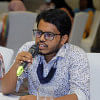
 For all latest news, follow The Daily Star's Google News channel.
For all latest news, follow The Daily Star's Google News channel. 



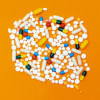


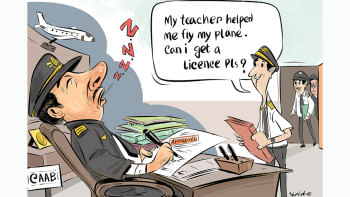
Comments